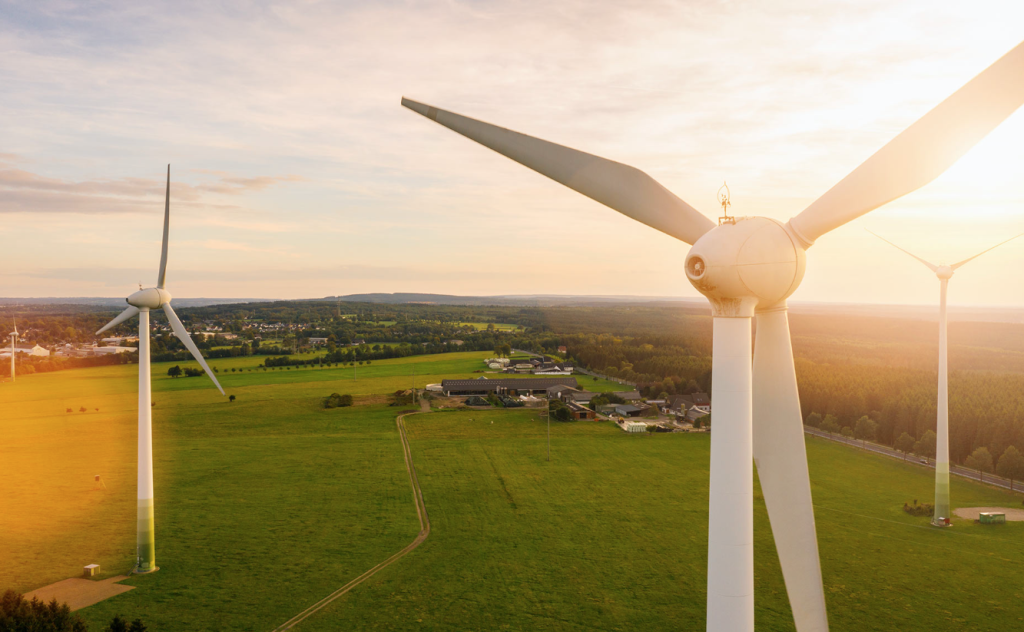
The voluntary carbon market is scaling up rapidly as more and more companies adopt net zero commitments. Net zero commitments entail working to reduce businesses’ own emissions across their activities, which may include the emissions from raw materials and the eventual consumption or use of their products.
The most common way in the short term for businesses to reach net zero is to offset their carbon footprint by investing in carbon offsets. These are emissions reductions achieved elsewhere that can be purchased and then “retired” to balance, or offset, unavoidable emissions within a business.
One example is the offsetting of corporate travel. Each flight represents an amount of carbon dioxide emissions through the burning of jet fuel. By purchasing offsets, businesses can balance out the emissions from their travel by paying for emission reductions made, for example by planting a new forest.
Verra is the leading standards organisation in the carbon offsets sector. Founded as a non- profit organisation in 2007, Verra has certified more than 1,700 projects around the world that have reduced more than 630 million tonnes of carbon dioxide emissions.
Verra operates seven different standards, the largest of which is the verified Carbon Standard.
It acts as a secretariat for these standards, updating them as necessary, and operates a registry where the issued carbon offsets can be stored until they are retired.
Naomi Swickard is the chief program officer at Verra, overseeing the portfolio of standards and the development of new ones. She has worked in the sector for more than 15 years.
Key takeaways:
The world needs to reduce more than 27.4 gigatonnes of carbon by 2030 to help keep global temperature increases below 1.5 degrees Celsius.
The voluntary carbon market (VCM) is projected to achieve 3 gigatonnes by 2030, and in 2020 it issued 200 million tonnes of reductions.
Carbon credits are a transitional tool. We need to decarbonise business now, and offset markets are a tool to help us make that transition, by compensating for emissions made today, until business can decarbonise fully.
The VCM exists because governments are not acting quickly enough. Regulations are emerging around the world, and they are starting with large sources like energy. But other emitting sectors like agriculture and forestry need finance too, but are not seen as priorities. This is where the private sector is filling the gap.
There has been exponential growth in the VCM in the last few years: issuances have increased five-fold since 2015, and retirements have more than doubled.
There is a strong focus on quality, to ensure that offsets used represent real, measurable, permanent and additional emission reductions. This involves independent verification, conservative estimates, transparent registry listing and precise identification for full traceability.
Increasing importance of Sustainable Development Goals and incorporating these into carbon credit projects, especially in forestry and agriculture. Projects can “layer on” additional SDG characteristics into carbon credits.
Trends in the market: Integrity Council for the VCM (IC-VCM) and VCM Integrity Initiative (VCMI) have formed to establish guidelines on performance of credits and on how corporates can make net zero claims. These are efforts to standardise the market as much as possible: while rules on the creation of offsets are more homogeneous, the demand side is still very fragmented.
TC-VCM is working to establish “core carbon principles” that will represent over-arching, transparent guidelines on accounting, auditing and traceability of carbon credits. It will also create redress mechanisms and ensure no conflicts of interest.
Distinction between voluntary and compliance carbon credit markets is breaking down. Some countries like Colombia and South Africa allow carbon credits to be used to pay mandatory environmental taxes. Also, Article 6.2 of the Paris Agreement recognises that VCM can play a role.
COP26 Glasgow and the transformation of VCM. The completion of talks on Article 6 of the Paris Agreement has established rules governing transparency of reporting of targets and reductions by countries.
Article 6: enables finance to flow to drive emissions reductions globally. Article 6.2 enables bilateral trade between countries, and can involve transactions of credits. Article 6.4 creates a global market to succeed the Kyoto Protocol’s Clean Development Mechanism.
Alessandro is an independent journalist with more than 30 years of experience in energy markets. He joined Carbon Pulse on a part-time basis in July 2021 to report on carbon markets and climate policy from London, while continuing to freelance for a handful of other energy-related publications. Since 2004 he has also worked as a journalist and analyst covering global carbon markets and climate policy. Alessandro has written for S&P Global Platts and Bloomberg, and since 2015 as a freelancer for publications including Carbon Pulse, Petroleum Economist, Interfax Energy and Gas Strategies.